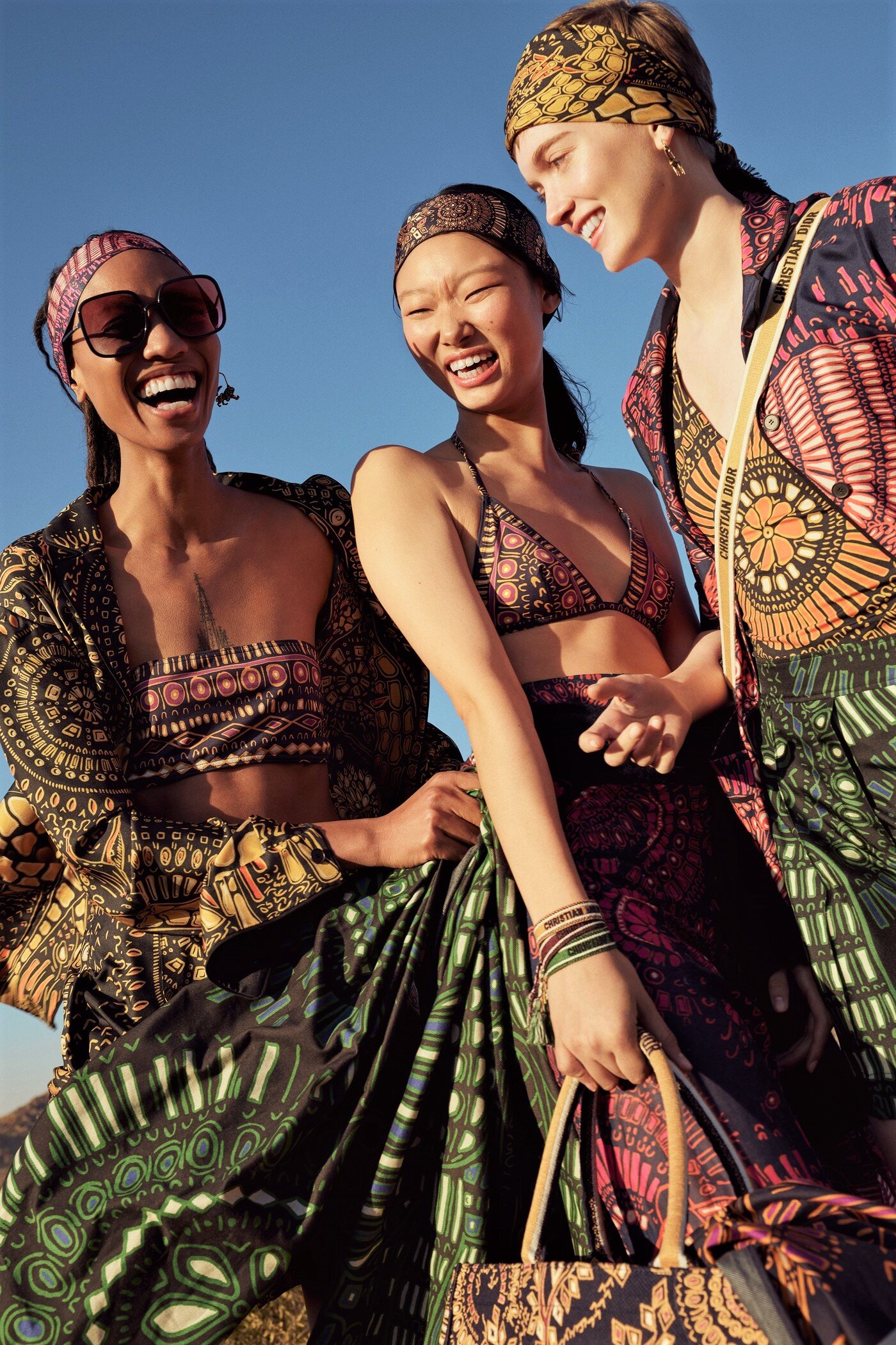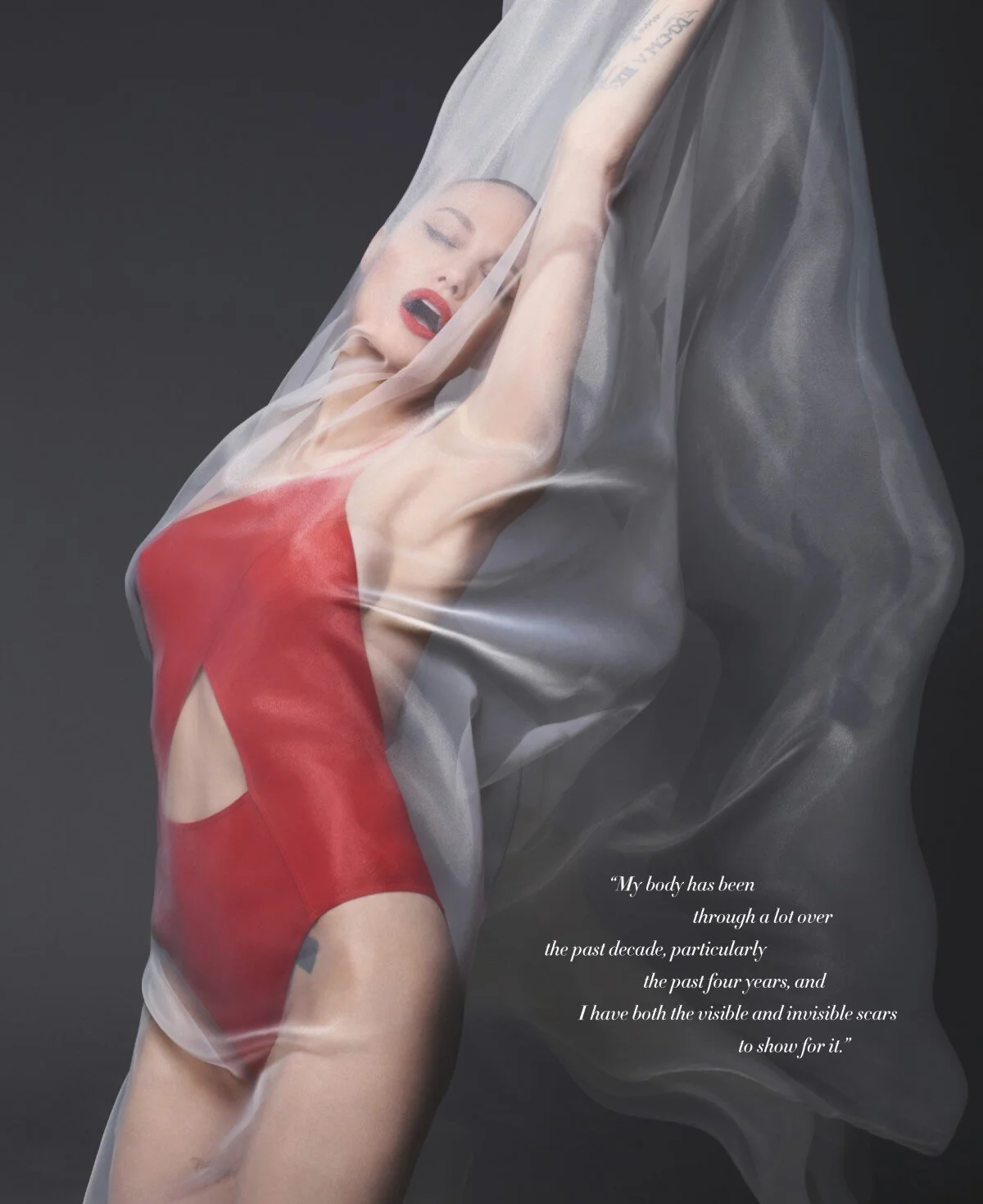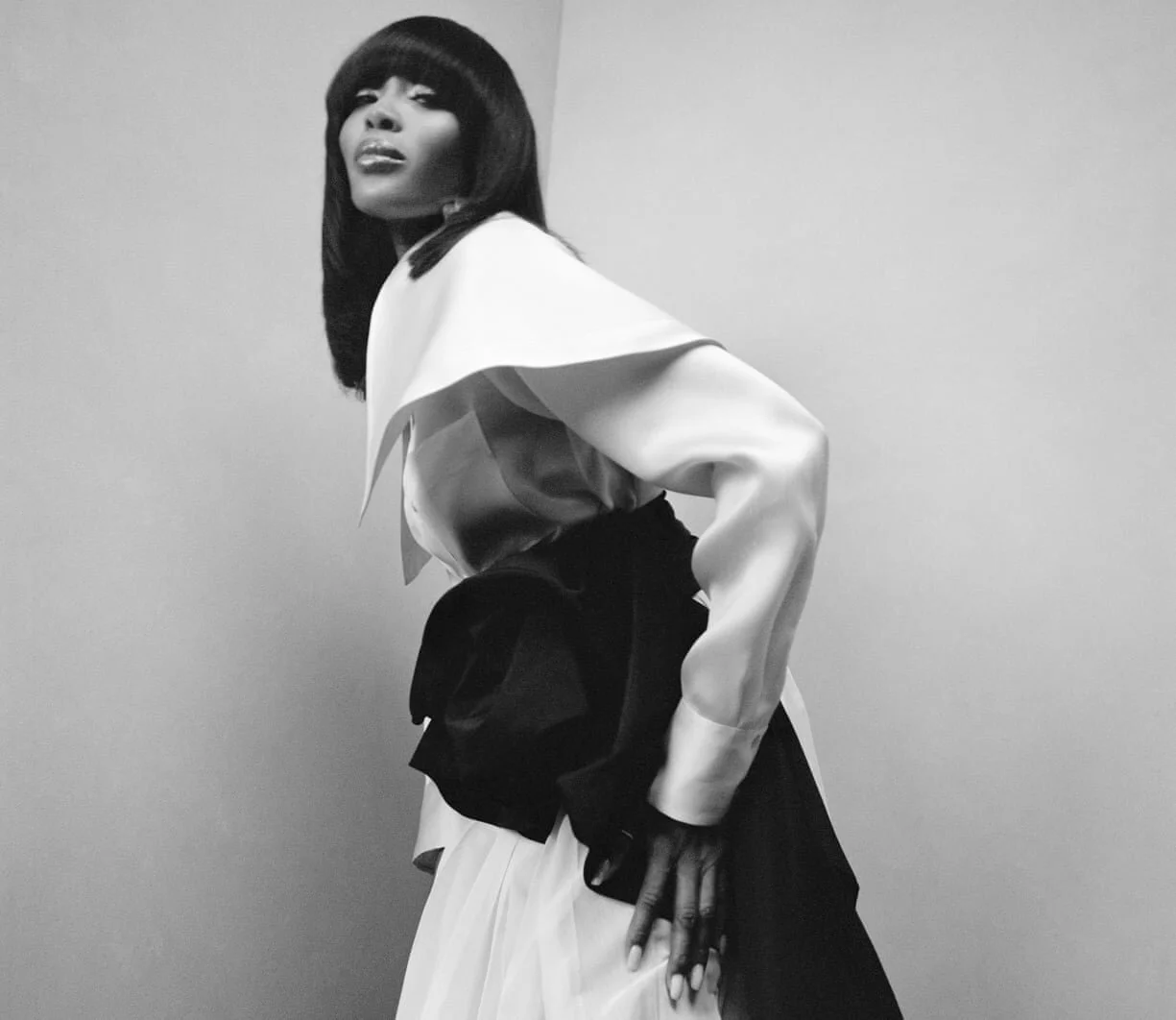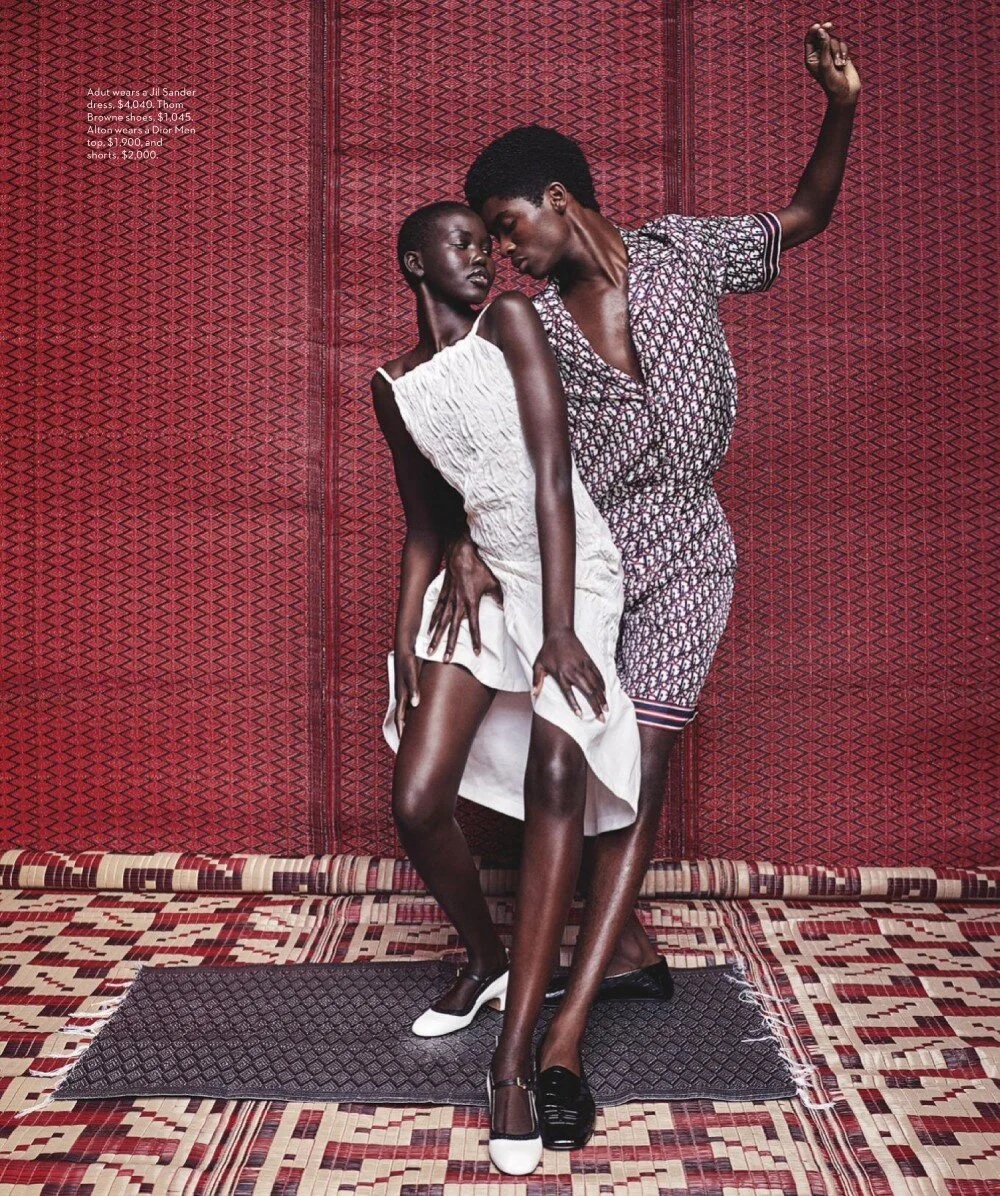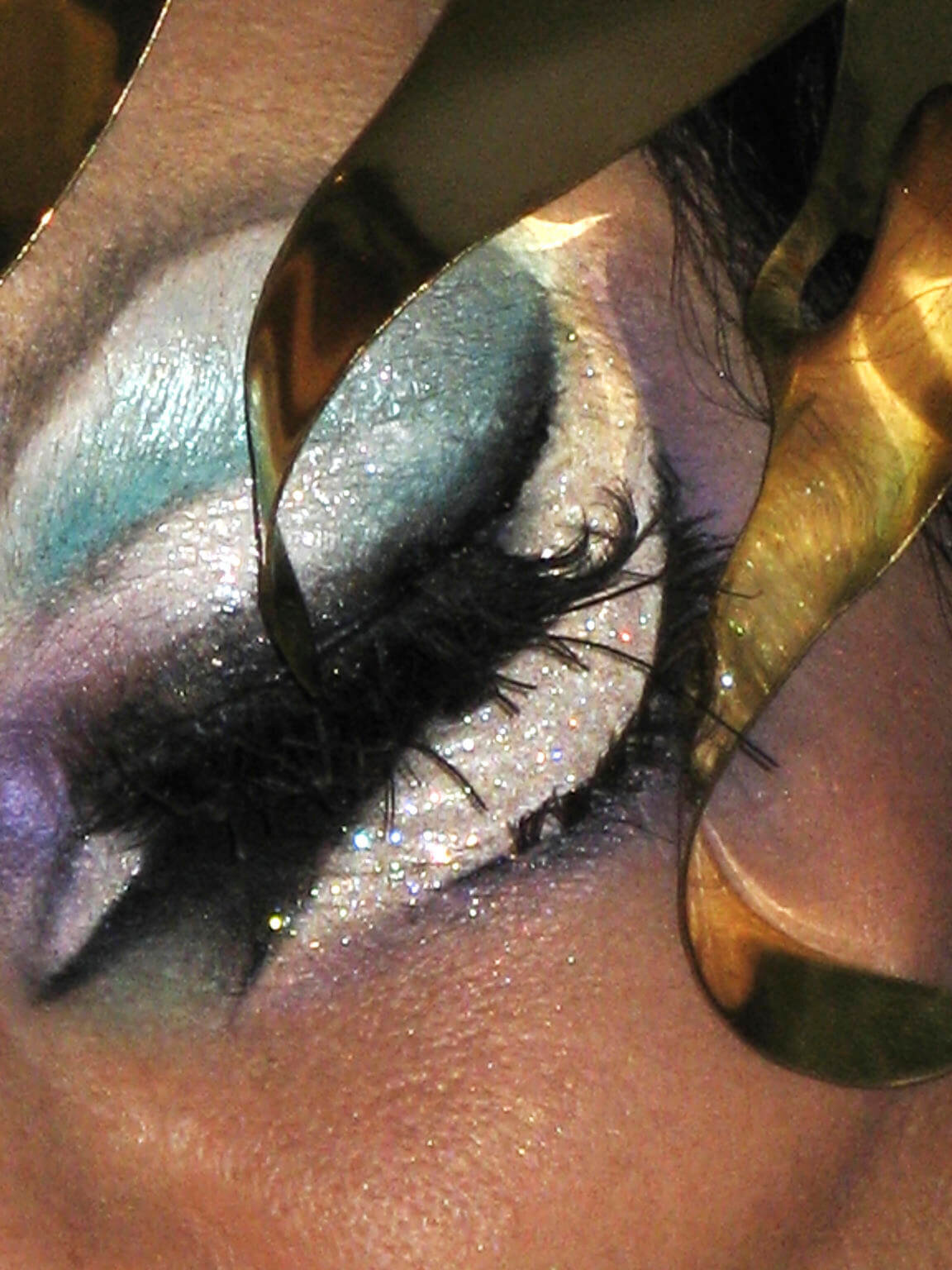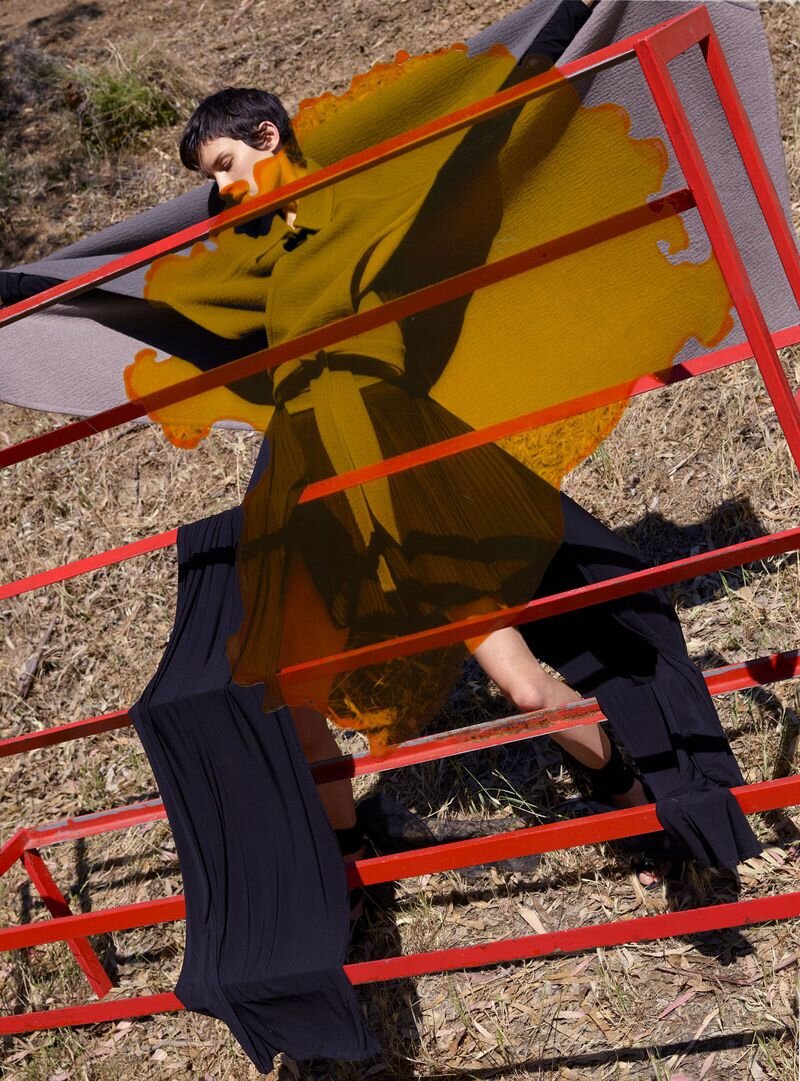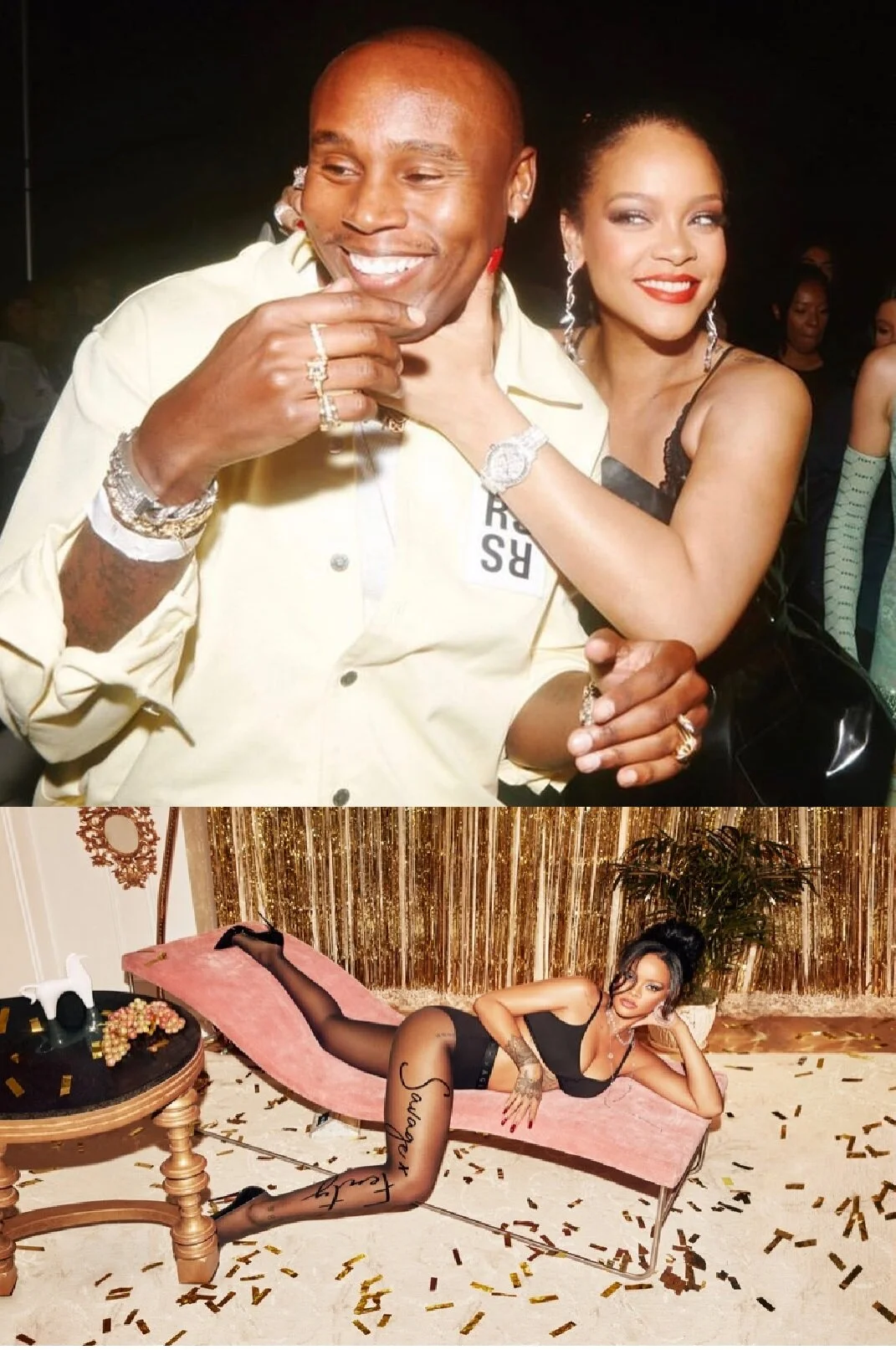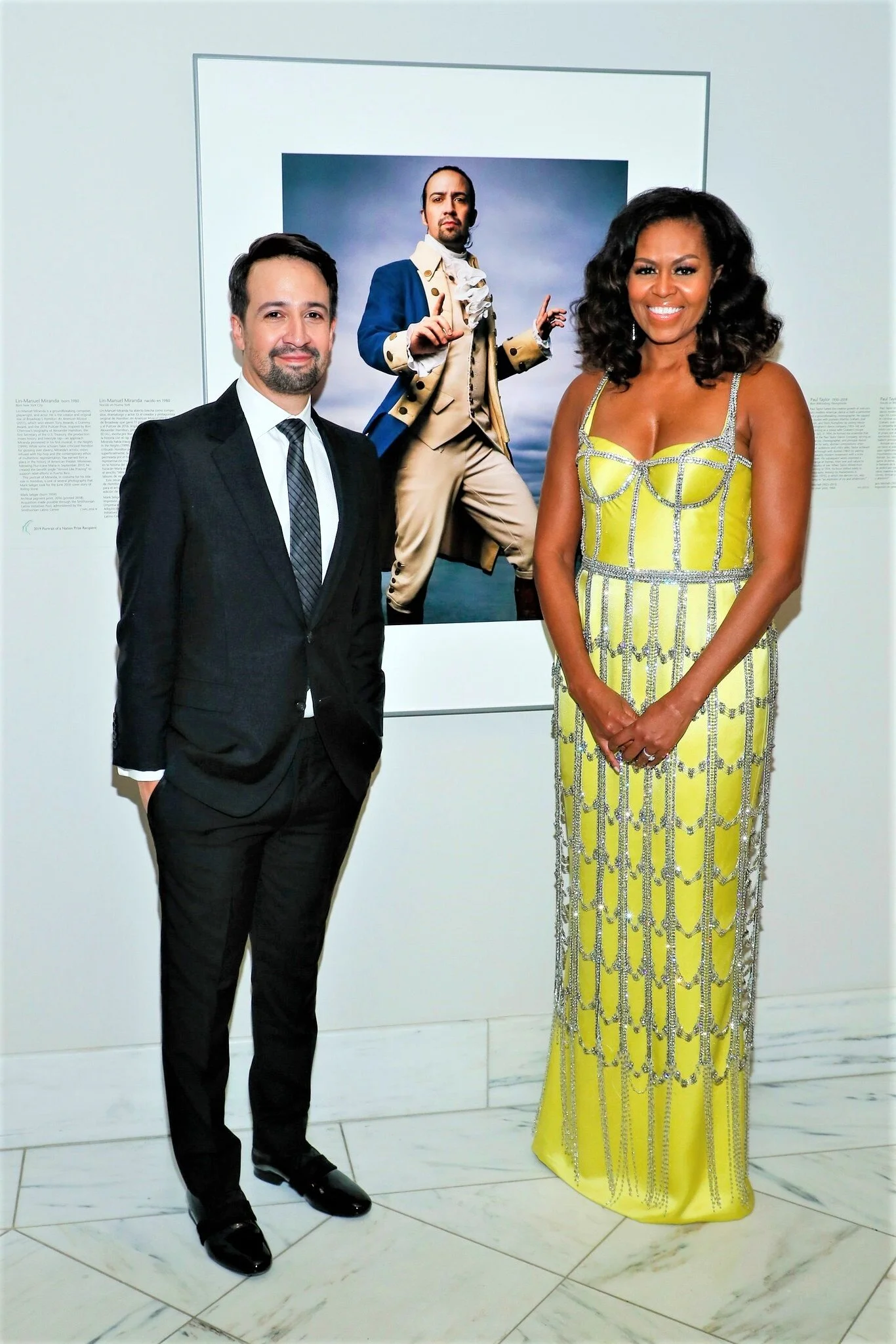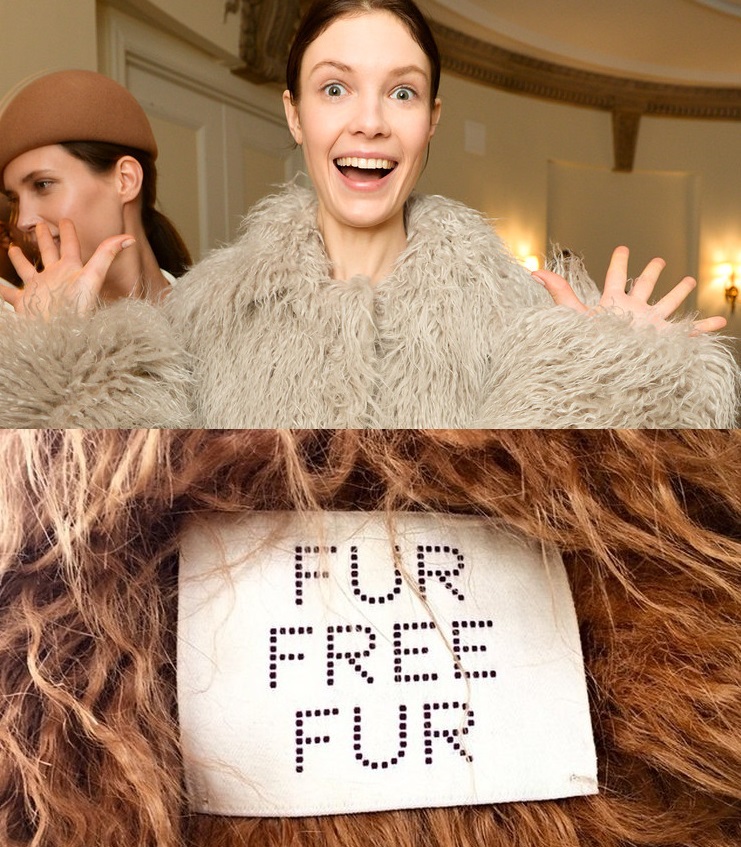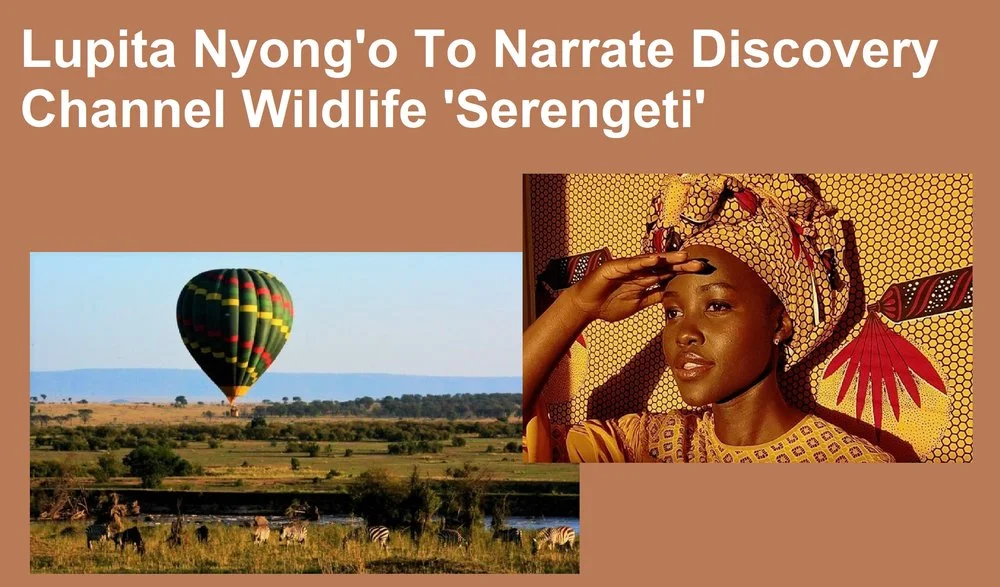Biomimicry At Work In Burj Khalifa & Masdar City
/Female muses offer a virtuous, often religious dimension, to masculine dreams of heroes conquering the world and Mother Nature, too.
Dubai’s Burj Khalifa takes the hymenocallis flower as its muse.

I’m on record saying that the Burj Khalifa is a phallic cactus, if I ever saw one. No one dares to say that it looks like a stupendously glorious minaret, so I’ll stick with a phallic cactus.
The lily reference excapes me, as much as biomimicry fascinates me and the female-centric, environmentally-conscious wing of the design world. Biomimicry is the new vision and finally, girls get into the action.
Rather than conquering Mother Nature, our design goddess, we’re studying her mysteries for clues to eons-old solutions to design challenges.
A classic example is Japan’s bullet train. How masculine a concept is this!
Japan’s original bullet train belched loud claps when it emerged from tunnels. Following principles of biomimicry, designers studied the kingfisher, as it dove seamlessly into water. The design of the bullet train’s nosecone was modified to resemble a kingfisher’s beak.
 Mission accomplished: thundering noise problem gone.
Mission accomplished: thundering noise problem gone.
Even if you’re a biomimicry novice, you can see the fingfisher’s beak in the bullet train’s redesign, right?
This is why I only see that magnificent phallic cactus when looking at the Burj Khalifa. Even my over-active imagination can’t make out a hymenocallis in the building’s design. I’m certain that the building is brimming over with biomimicry design in its systems, because the Middle East has led the way in funding and implementing biomimicry design. More to come on this subject.
Many of our Anne of Carversville readers aren’t biomimicry pros. Let me introduce you to this world of design-inspired solutions and also to Janine Benyus and her now famous TED video, which remains one of the most thought-provoking, inspiring 20 minute lectures in history.
Selections from Biomimicry & Nature-Inspired Design:
Biomimicry: 3.8 Billion Years of R&D





